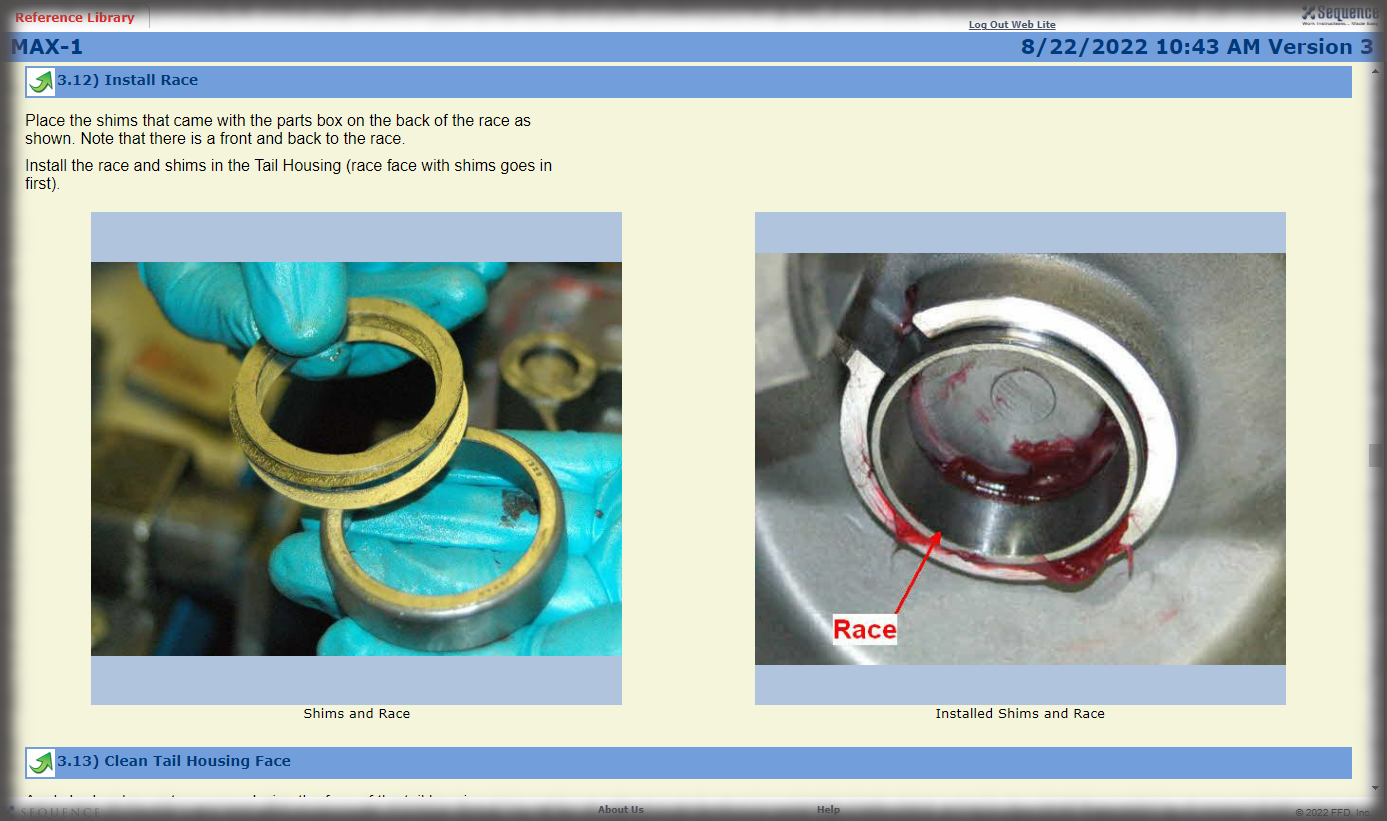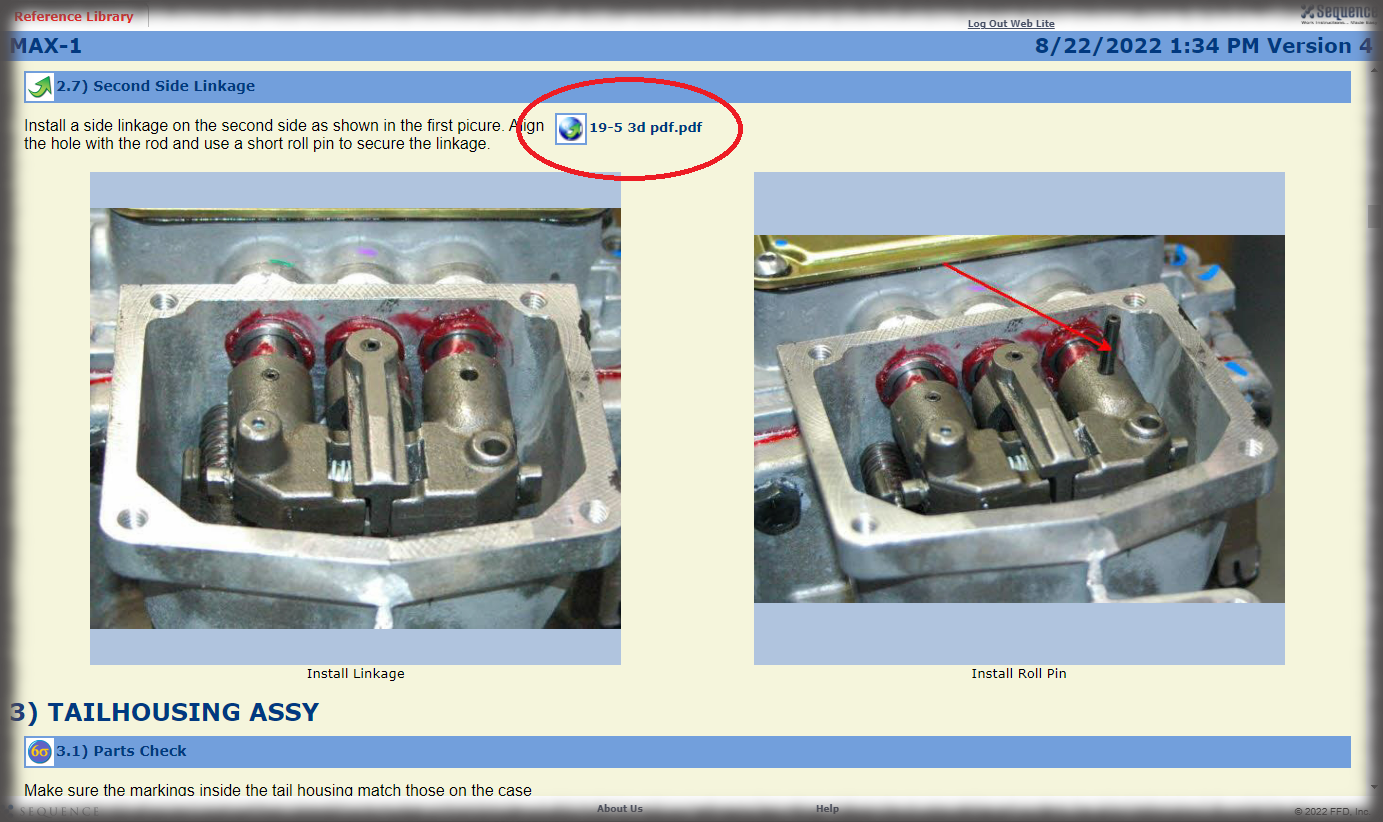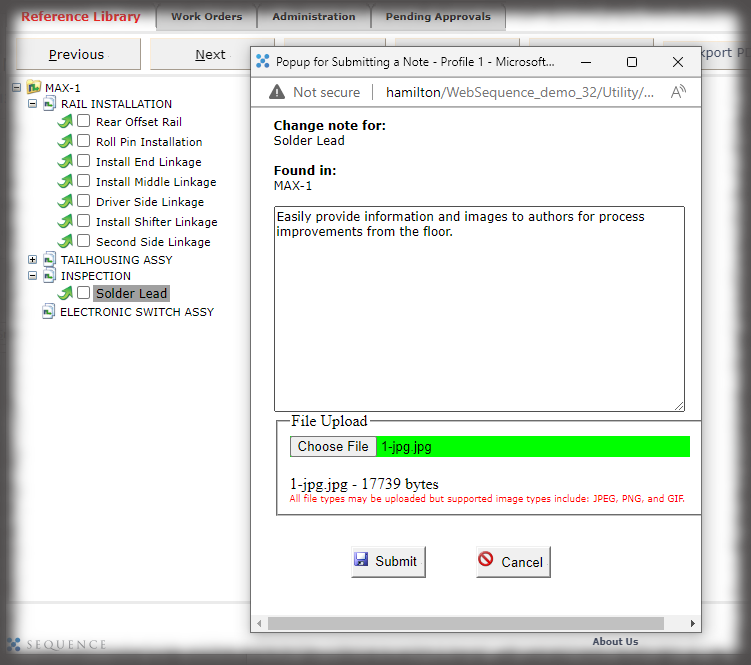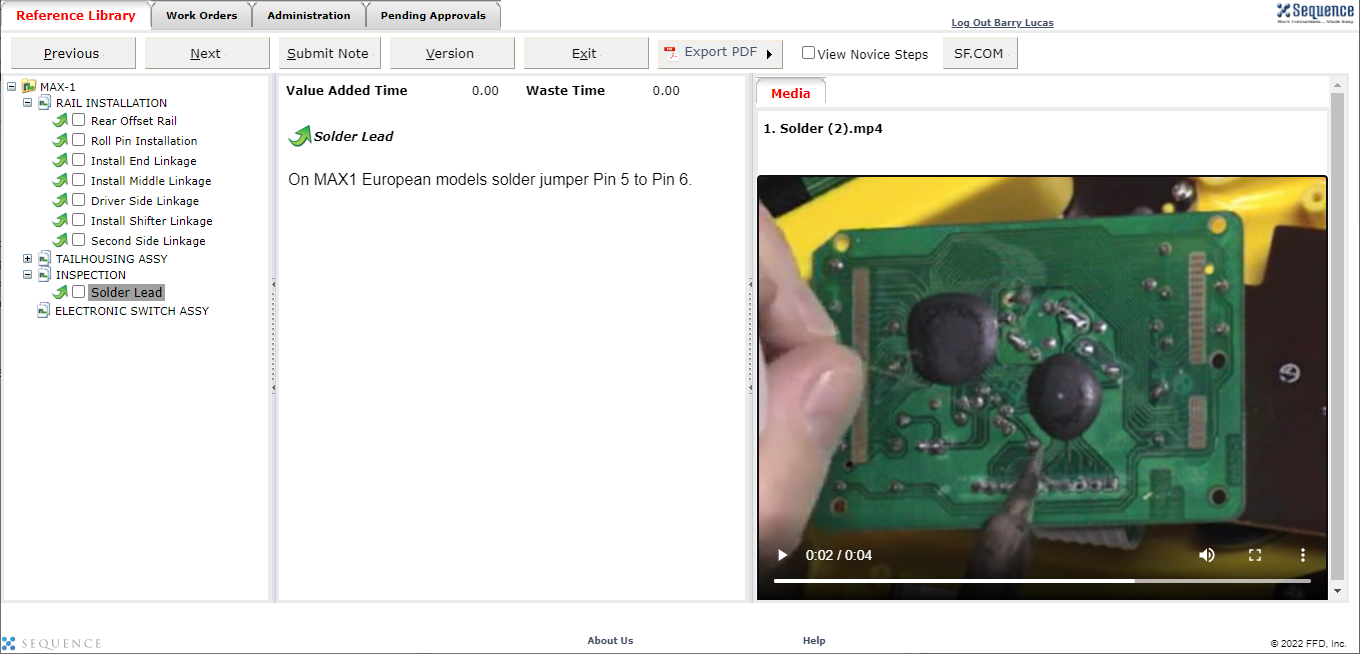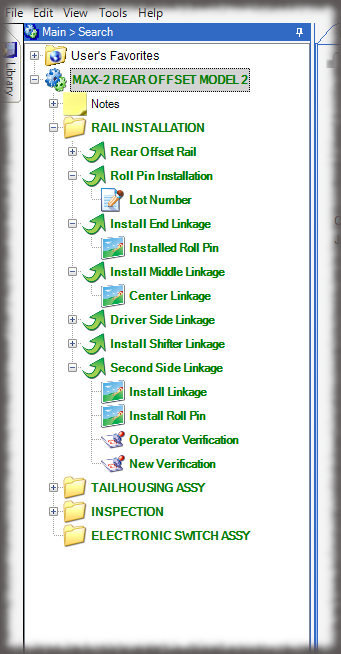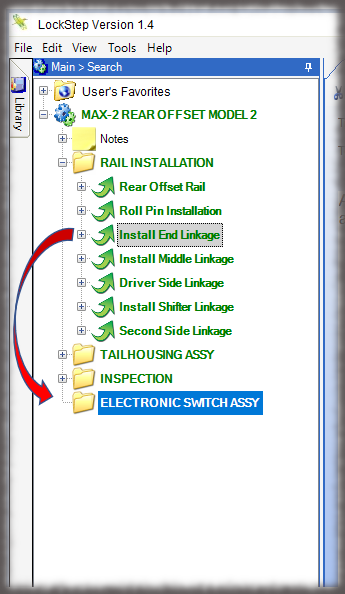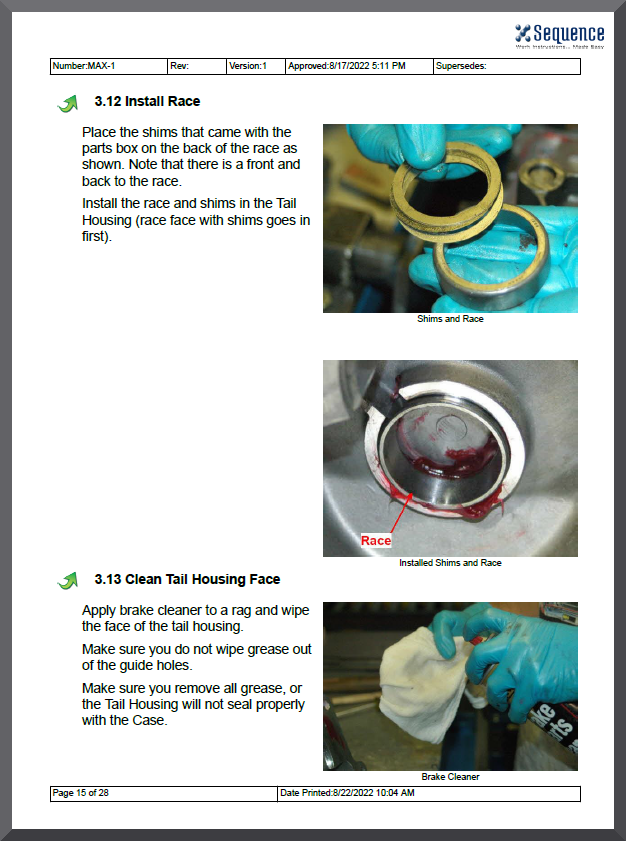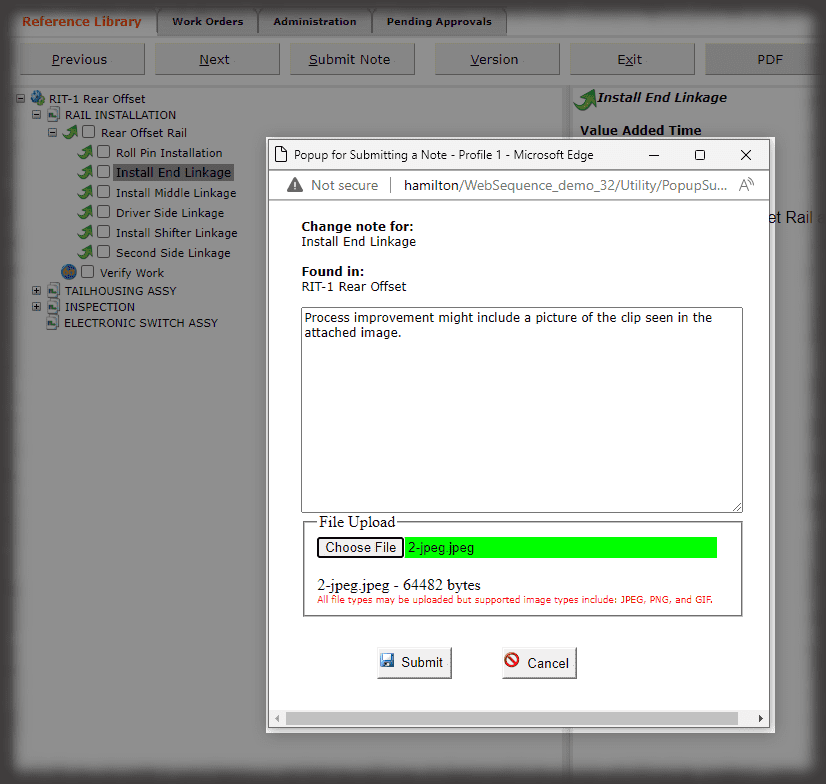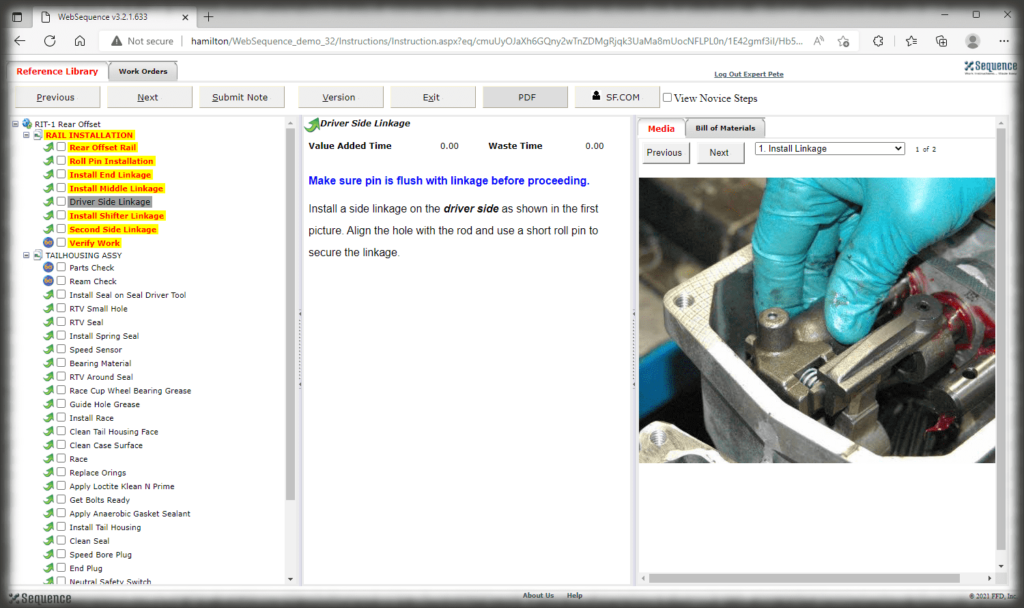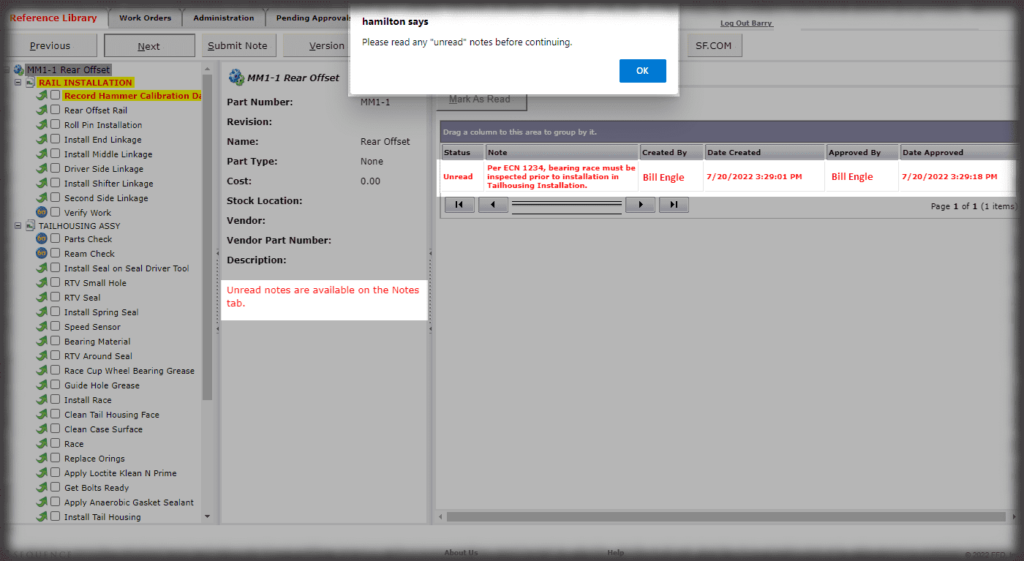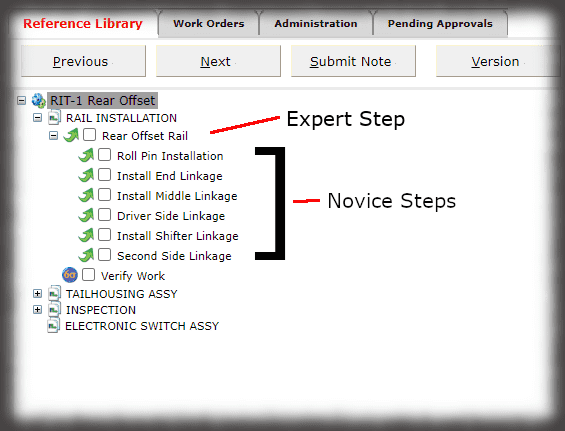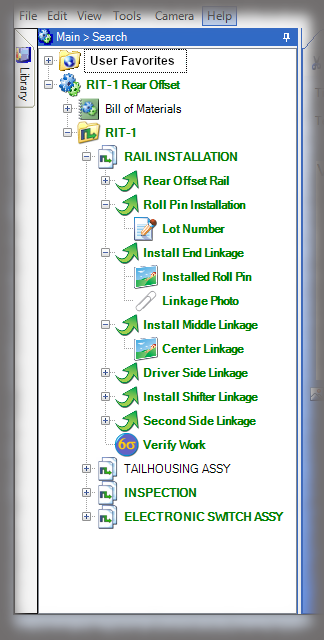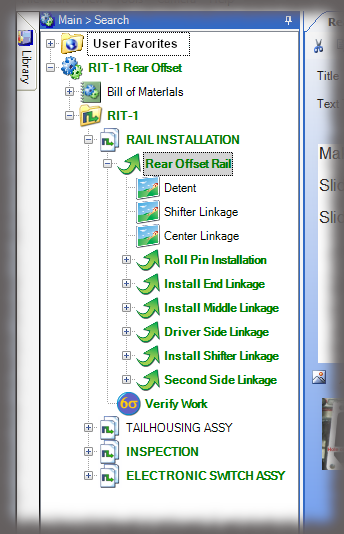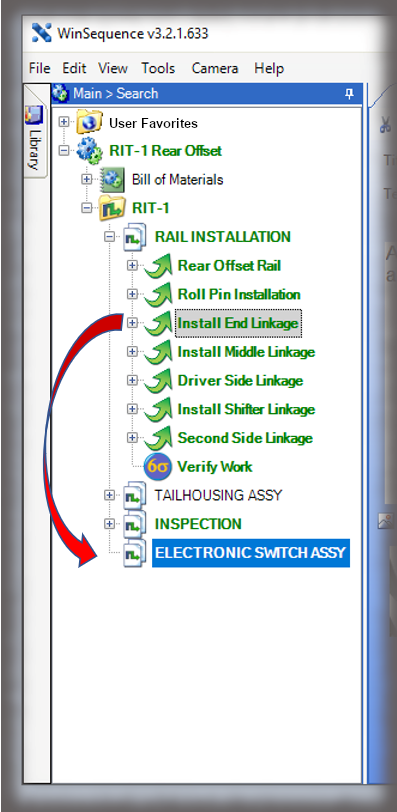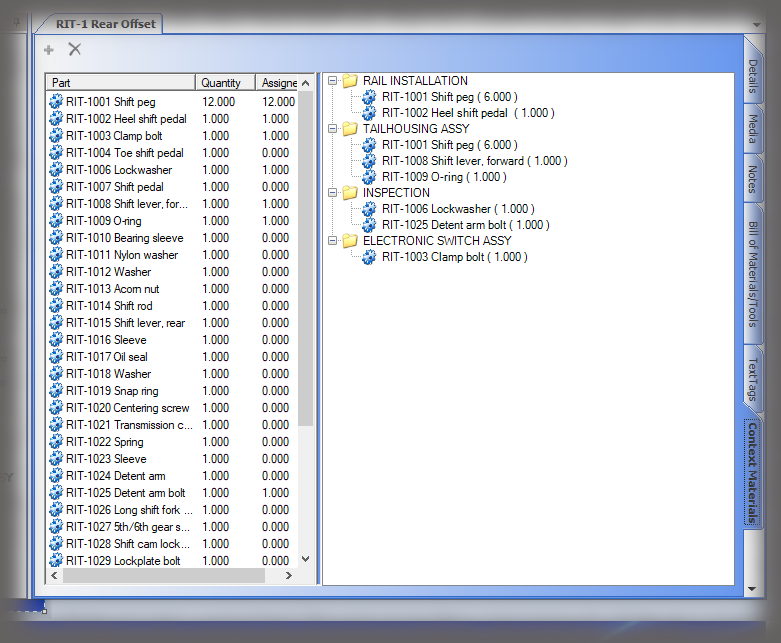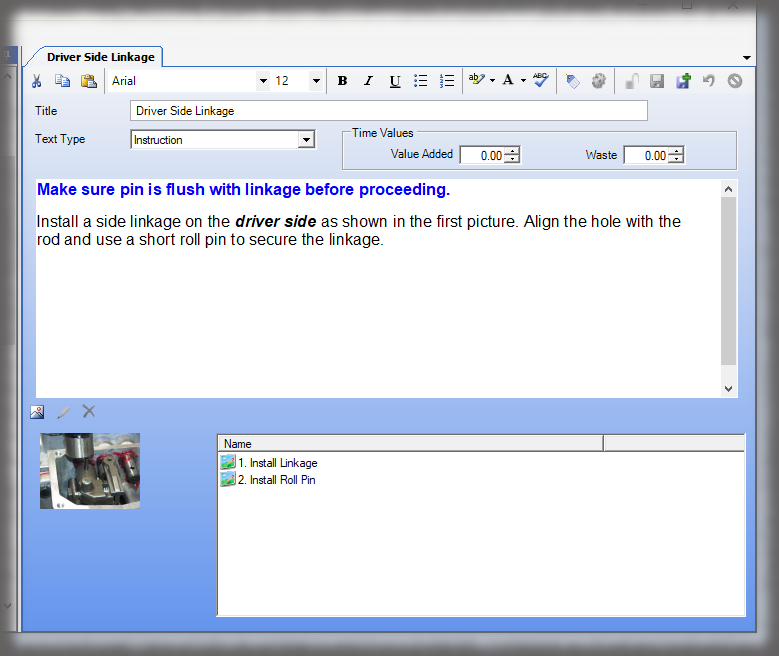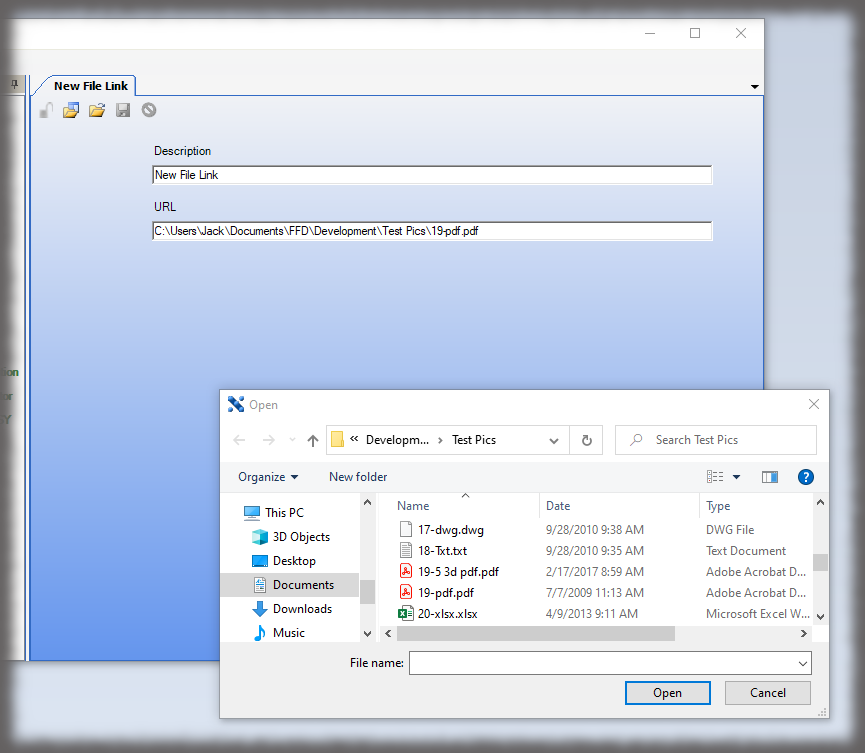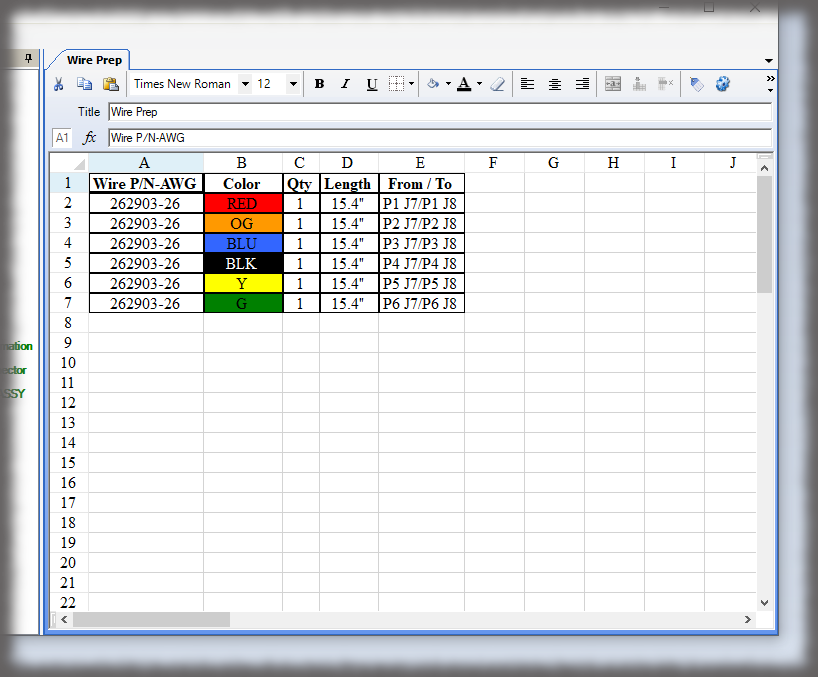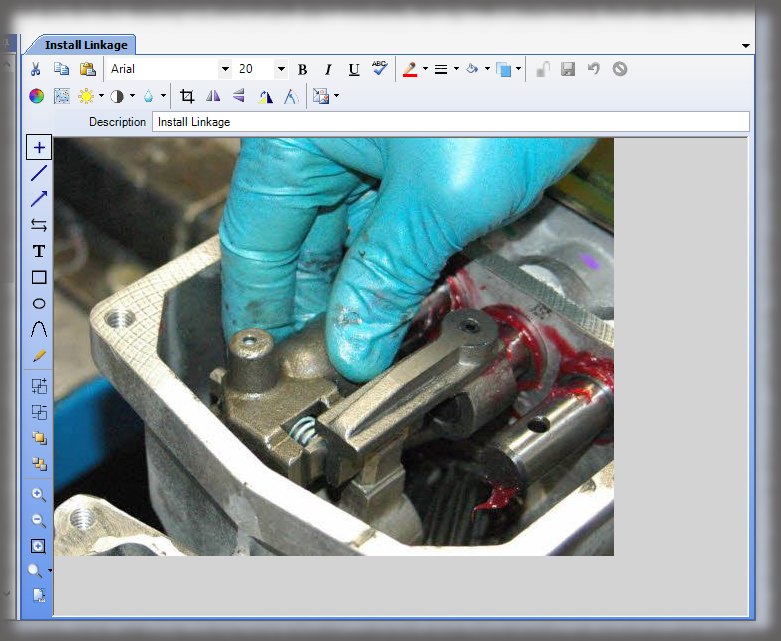According to the Bureau of Labor and Statistics, 25% of the manufacturing workforces is 55 or older. That statistic has remained stagnant for half a decade, and one of the reasons is, manufacturing companies simply can’t afford to lose the knowledge and expertise of senior workers. It’s a classic symptom of tribal knowledge, and one that is holding back an entire industry on the verge technological transformation. Tribal knowledge can be captured, and its symptoms alleviated, though, with the proper approach to changing culture and the right tools at your fingertips.
What is tribal knowledge?
Six Sigma defines tribal knowledge as: any unwritten information that is not commonly known by others within a company. This term is used most when referencing information that may need to be known by others in order to produce quality product or service.
In one sense tribal knowledge is vital: these tips and tricks, usually conveyed during peer-to-peer training, contribute significantly to overall quality. But in another sense, tribal knowledge is incredibly destructive: it’s simply too easy for manufacturing processes to go awry when you rely on verbal instructions, or even the cumulative knowledge of a set of longtime employees.
What are the symptoms of tribal knowledge that hinder a manufacturing business?
- A single employee’s absence affects your product quality or productivity.
- New employees continually have to ask more experienced line workers or engineers about your manufacturing procedures.
- A handful of key personnel are consistently overloaded with work and have no way to delegate responsibility.
- You have no idea how you can run the shop floor once a longtime employee finally decides to retire.
If your manufacturing company experiences any of these common productivity issues, you likely are suffering from tribal knowledge on your shop floor. Because the key ideas, project hacks and best practices aren’t written down, they lie in the hands of just a few people. This creates a knowledge bottle neck which slows down your productivity and can cost the business tens or even hundreds of thousands of dollars if you have to shut your line down.
How does tribal knowledge arise?
Tribal knowledge is a natural product of work. People figure out better, more efficient ways of doing their jobs and of meeting the organization’s business goals. Manufacturing thrives on this kind of grass-roots continuous improvement, but only if the knowledge is shared. Systemic tribal knowledge generally arises because of one of four factors:
- Rapid Growth. Early days at a company usually mean a skeleton staff with limited resources. Start-up companies rely on tribal knowledge so every member of the team can take initiative and drive growth. But once they achieve that growth, businesses need to replicate those successful work processes in new hires, which requires a transition from tribal knowledge dependence to formalized work instructions.
- Company Culture. Sometimes operators hold back knowledge from the work instructions because that information seeks to circumvent company policy. Sometimes certain information is considered a rite of passage on the shop floor—something each new employee needs to learn to help build comradery. Sometimes longtime operators never embraced new enterprise systems, unbeknownst to their management.
- Job Insecurity. The best way to keep your position in a field that’s experienced massive upheaval over the last several decades is to make yourself indispensable. Longtime employees might hoard knowledge of certain processes and specific job functions as a means of self-preservation.
- Lack of Employee Feedback. Paper work instructions that take a long time to update, and often struggle to convey key ideas, are one of the leading causes of tribal knowledge. New employees don’t understand the work instructions, so they turn to their peers, who can demonstrate the procedure. When employees don’t have an easy way to contribute to work instructions, they are all pursuing their own continuous improvement path.
What risks does tribal knowledge pose to a manufacturing organization?
Tribal knowledge poses three main risks to any management structure, and each can derail manufacturing operations entirely:
- Tribal Knowledge Can Be Incorrect: If it’s off the record, Engineering, Quality and Safety managers have no idea whether new employees are using equipment correctly or even safely. Line workers could be cutting corners to achieve efficiency goals that pose severe risks to themselves or to product quality.
- Brain Drain: If it isn’t written down, you lose it when you lose the employee(s). This could take the form of a shop floor manager who knows the quirks of the machinery going on vacation or a longtime employee retiring and taking the history and background behind a process’s evolution with them.
- Inability to Improve: Continuous improvement is a must in manufacturing, and if a single employee or group of employees hoard knowledge, that hampers the overall team’s ability to grow and become more productive.
The Solution to Tribal Knowledge: Written Instructions
Transforming tribal knowledge into written instructions benefits manufacturing companies in many ways:
- Employee turnover no longer threatens productivity or product quality.
- Documented processes facilitate effective cross training.
- Best practices are documented, distributed, and used by all workers.
- Incorrect information and inefficient or unsafe practices come to light.
- Companies get one step closer to ISO 9000 registration, as written instructions for product assembly are foundational elements of a quality-management system.
How to Capture Tribal Knowledge in Standardized Work Instructions
Capturing tribal knowledge takes a light touch and is a cultural change. Workers need to be involved in the process, and the process should be seamless for them to update. Some key steps to capturing tribal knowledge are:
Get Buy-In
Getting buy-in from the production workers is key. They hold the information, and any effort to capture it is fruitless unless they support the project and the strategy behind it. Management must find a way to reassure workers that knowledge capture is not a threat to their livelihood.
Identify the Experts
The best way to identify the knowledge gatekeepers are to find your production bottlenecks. Who hasn’t taken a vacation in years because no one else knows how to put out the fires? Who trains your new hires? Who is your machinery whisperer? Identify those people, then get ready to interview them—most production line workers don’t have the time or inclination to write their knowledge down themselves.
Seek the Knowledge
There might also be best practices that the entire shop team knows that simply aren’t written down. Approaching knowledge capture as if you were a new trainee can help reveal some of this systemic tribal knowledge and provide step-by-step background for your work instructions.
Commit the Time
Transferring information from brains to screens and developing new training programs is going to take the duration of your current training program and more. Management must approach the project knowing that knowledge capture requires a long-term investment up to five years. And, if you’re doing it right and continuously improving, it never fully ends. That’s why you need the right tools to make updating your work instructions easy.
How Work Instruction Software Simplifies Tribal Knowledge Capture
Digital work instructions simplify updates and gives willing workers the capability to capture knowledge themselves. In a true continuous improvement culture, work instruction software allows teams to share strategies, best practices, and innovation in real time.
Sequence Software provides an incredibly straightforward tool for making this ideal state a reality. Authors create and manage content in software that allows integration with other engineering and enterprise software and is designed for work instructions. Our software is user-friendly and allows work instructions to be shared via pre-formatted PDF or in a real-time and interactive digital interface. If you are ready to reduce errors, improve efficiency, and save on costs, reach out to us today to find out more about our digital work instructions options. Give us a call at 866-863-7541 or request a demo online.


